The Mall That Once Had Everything
For anyone growing up in Arlington during the 1970s or 1980s, there was a time when Six Flags Mall felt like it had the gravity of a small city.
Located at 2831 East Division Street, just across from the thrill rides of Six Flags Over Texas, the mall pulled in families, teens, and out-of-town visitors with the same force as any landmark in the area.
It was air-conditioned, fluorescent, and packed with chain stores that everyone recognized. But beyond the JCPenney displays and the scent of cinnamon from the food court, the mall also held a kind of low-key confidence.
It had no real rivals when it opened, and for years, it didn't need to change. The decline came later. At its height, though, it shaped what shopping looked like in this part of Texas.
If you're ever combing through things to do in Arlington, Texas, the memory of this mall still gets mentioned.
Retail Square Footage Hits the Ground Running
When Six Flags Mall opened in August 1970, it wasn't just the first enclosed shopping center in Arlington - it was the largest in Tarrant County.
Monumental Properties Trust led the development, placing the 22.5-acre complex right where SH 180 intersects with SH 360.
That spot, carved between Fort Worth and Dallas, gave it reach.
At the start, the mall featured four anchors: Sears, JCPenney, Dillard's, and Sanger-Harris.
Sanger-Harris later converted to Foley's. Together, these department stores helped cement the mall as a regional destination.
Each brought its own mix of private labels and housewares, clothing racks, and appliance sections.
The shared roof made Texas heat irrelevant. Customers stayed for hours.
There were 40 stores in total, all indoors. That setup, now standard, was new to Arlington then.
The layout was clean, flat, and simple - one floor, wide corridors, no architectural drama.
That was part of the point. The mall wasn't built to dazzle. It was built to pull steady foot traffic and deliver on square footage.
Monumental Properties had done their math. Shoppers arrived in steady waves once doors opened.
Prime Leasing Years and Anchor Pull
During the 1970s and much of the 1980s, Six Flags Mall managed to hold its market.
The presence of JCPenney, Sears, Dillard's, and Sanger-Harris gave the property more than just draw power - it gave the smaller in-line tenants cover.
Jewelry chains, national apparel retailers, and a rotating cast of gift shops held leases through this period.
Operating with one floor and a conventional footprint, the mall stayed accessible to both middle-income buyers and the chains aiming for them.
The location did some of the work. Arlington's population was growing, and the mall's placement between two large cities gave it utility.
There weren't many enclosed retail spaces of that size nearby.
That made Six Flags Mall a regional player before anyone used that term as a strategy.
The key was tenant mix, and for a while, the balance was right.
The mall didn't have to reinvent anything. It just had to open the gates, keep the lights on, and collect rent.

Competitive Saturation and Vacancy Pressure
By 1988, the numbers started to tilt.
The Parks at Arlington, a newer and more modern retail complex, opened further down the city and drew attention quickly.
It offered more space, a fresher layout, and retailers that Six Flags Mall had trouble holding on to.
By the early 1990s, the shift had started to register on foot traffic. Anchor strength weakened.
JCPenney exited the property in 1997. That marked the first major departure among the four original anchors.
The rest followed in phases. Both Sears and Dillard's shuttered their standard-format stores in 2002.
Sanger-Harris, by then rebranded as Foley's, had closed in January 2005.
Dillard's attempted a short-term pivot by reopening its spot as a clearance center in March 2005, absorbing stock from Forum 303 Mall after its closure.
That move extended the space's use but didn't reverse the trajectory.
By 2008, interior occupancy had dropped below sustainable levels.
Only about a dozen stores were still operating inside. The mall entered foreclosure that same year.
It held on through auction cycles, but by December 2011, only Cinemark Tinseltown 9 and Dillard's Clearance Center were still active.
The rest of the property had gone quiet.
Acquisition Pitch and Redevelopment Obstacles
In early December 2012, a shift in ownership sparked a round of new filings and public announcements.
Private investor G.L. "Buck" Harris purchased the old JCPenney anchor space with a redevelopment plan in hand.
His concept: reposition the largely vacant Six Flags Mall as a Hispanic-focused commercial center called Plaza Central. The strategy wasn't subtle.
It leaned on demographic trends and aimed to recapture retail activity by introducing businesses aligned with that target market.
But before any leases could be signed, the deal hit a snag.
Harris's plan faced zoning complications from the City of Arlington, leading him to file a federal lawsuit.
The property remained mostly dormant through the early stages of litigation.
Approval came on September 20, 2013, when the Arlington Planning and Zoning Commission greenlit an overhaul of the 22.5-acre site.
Once the red tape cleared, contractors moved quickly.
By October 2014, Plaza Central opened with expectations of a full tenant mix.
Even so, only limited sections activated. Legal wrangling and delayed utility work slowed the rollout.
The core mall space never returned to the leasing strength it once held.
Activity plateaued within months. Despite public claims of a two-year plan to restore profitability, foot traffic and revenue stayed low.
Plaza Central closed in February 2016.
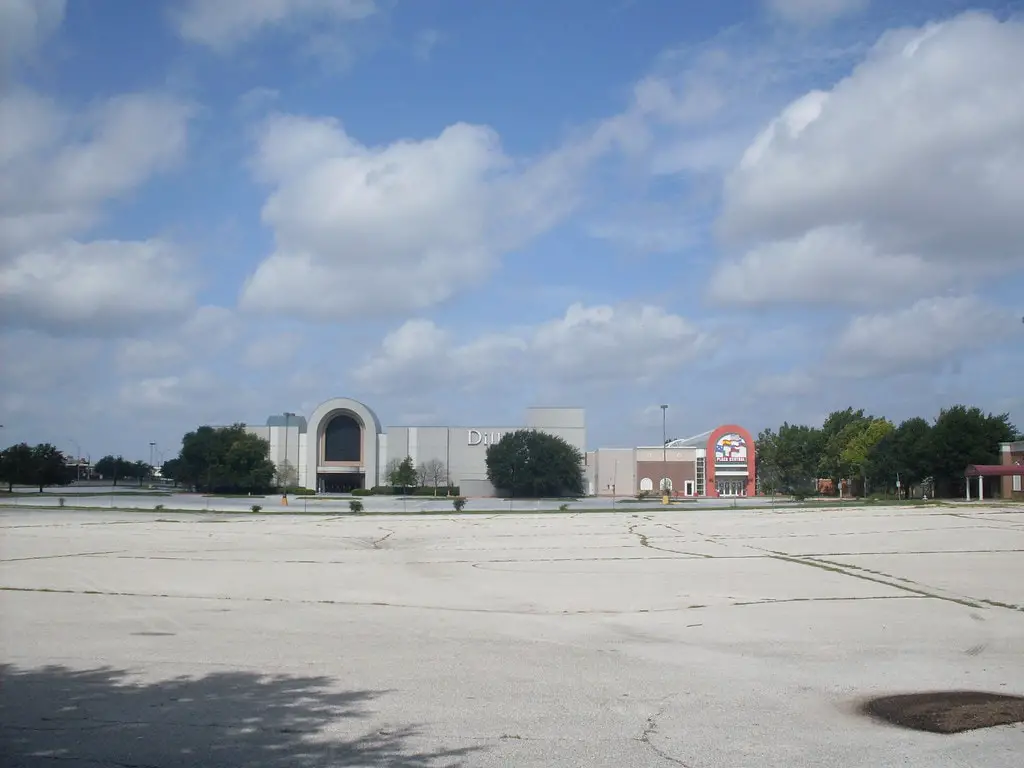
Demolition Delays and Fire Incidents
Plans to level the site began shortly after the closure.
Demolition equipment arrived in mid-2016, but the process didn't move fast.
One obstacle was the Cinemark Tinseltown 9 theater, which was still operational as of 2011 and became the source of legal friction.
A lawsuit from Cinemark delayed the full teardown of the remaining mall structure.
Cinemark was closed on March 30, 2017
Meanwhile, the site deteriorated. On February 6, 2017, a two-alarm fire broke out in the interior during the early stages of demolition.
That was followed less than a month later by another fire on March 2.
Both incidents required emergency response and forced a pause in cleanup efforts.
The damage wasn't total, but it added complications to what had already become a drawn-out process.
By mid-2017, the remaining structure was finally razed.
Cleanup crews cleared the last of the debris from the former retail footprint.
At that point, city officials confirmed that the land would no longer support traditional retail. The new plan was industrial.
The property was slotted for redevelopment as part of a supplier complex tied to the nearby General Motors Arlington Assembly Plant.
Zoning permitted logistics operations, and ground preparation began shortly after.
Retail was no longer part of the strategy.
Property Repositioning and Logistics Conversion
Once demolition wrapped in mid-2017, the former site of Six Flags Mall shifted into industrial use almost immediately.
City announcements confirmed the plan: a large-scale supplier park designed to support General Motors' Arlington Assembly plant.
The facility was intended to streamline just-in-time manufacturing operations for GM's SUV production, which had been expanding in that part of the city.
Named the Arlington Automotive Logistics Center, the new project broke ground in July 2017.
Construction targeted a fast timeline, with completion slated for May 2018.
Developers coordinated with GM and its suppliers to ensure the site layout met specific freight and supply chain needs.
The new complex reached 1.2 million square feet and featured separate loading bays, cross-dock access, and room for container storage.
The economic trade-off was clear. The former retail hub gave way to a warehouse distribution model.
The city reported that around 850 jobs would be based at the new complex, with roughly 600 relocated from previous roles outside the U.S. At this stage, public sentiment leaned more toward utility than nostalgia.
Public Memory and Commercial Epilogue
By the time the Arlington Automotive Logistics Center opened, the mall itself had already faded from most daily maps.
No official structure or marker stood where JCPenney or Dillard's once operated.
The Cinemark Tinseltown 9 theater was gone. The Dillard's Clearance Center had been closed for years.
What remained was a paved supply lot, a different kind of throughput.
Still, the name occasionally resurfaced.
In old city council documents, in conversations among residents who remembered the mall's early days, or in blogs and real estate forums cataloging retail properties that had vanished.
Local news stations covered the fires during the demolition.
The surrounding commercial area changed as well. Nearby parcels, once dependent on mall traffic, had to either pivot or sell.
Some converted to auto shops, some to storage, others stalled.
The entire district rebalanced after the mall disappeared.
No branded retail anchor replaced it.
That left the footprint of Six Flags Mall to function mostly as a memory - one shaped by square footage, not sentiment.
Arlington moved on, and the property moved with it.

🍀

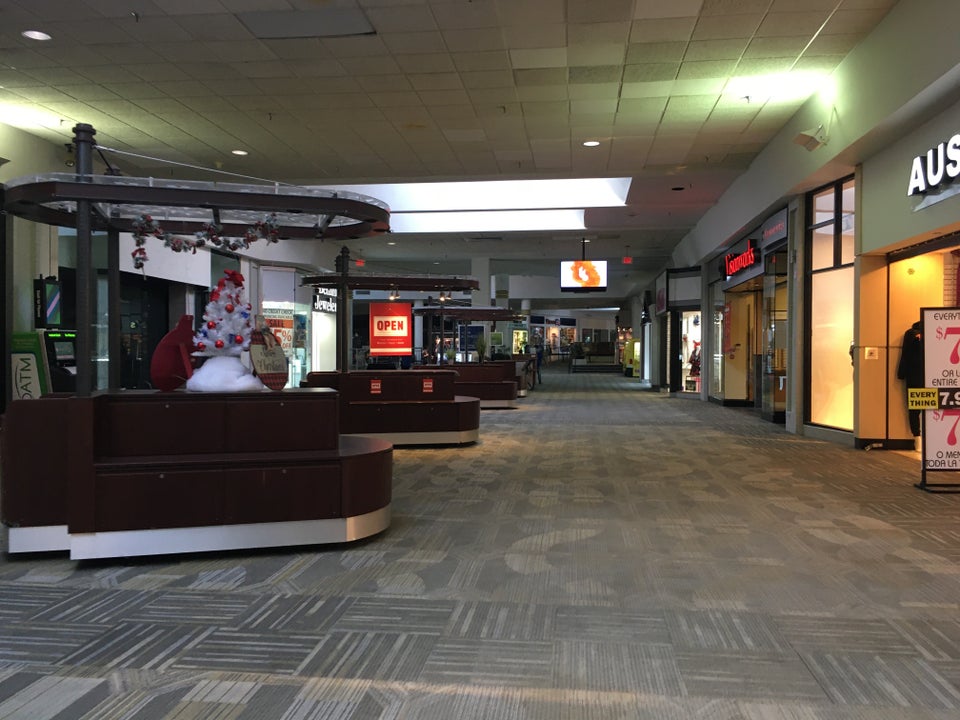
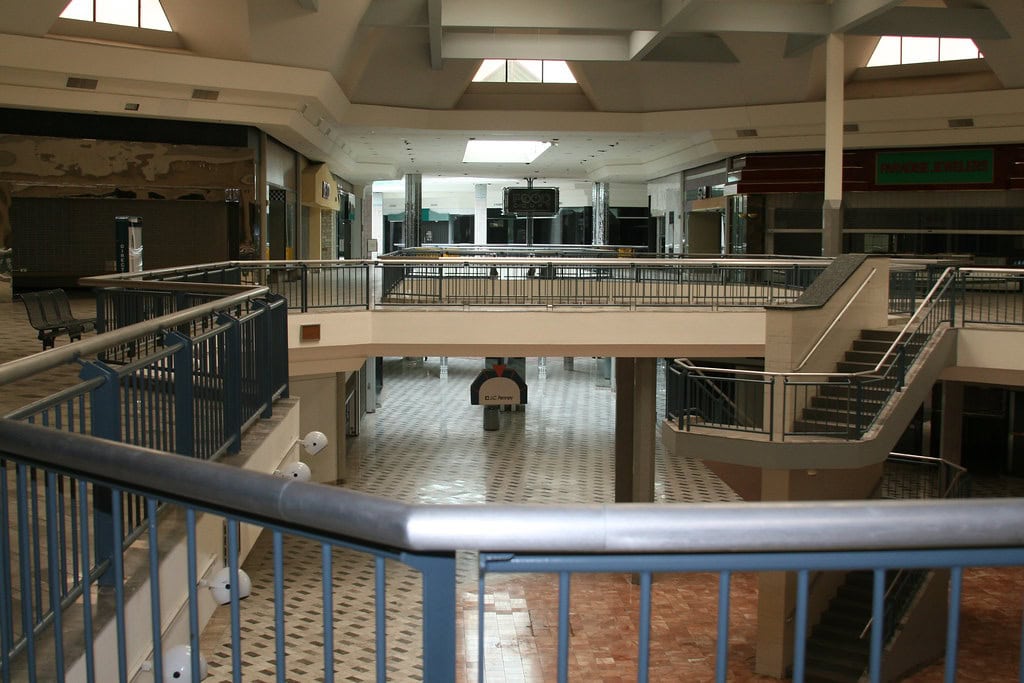
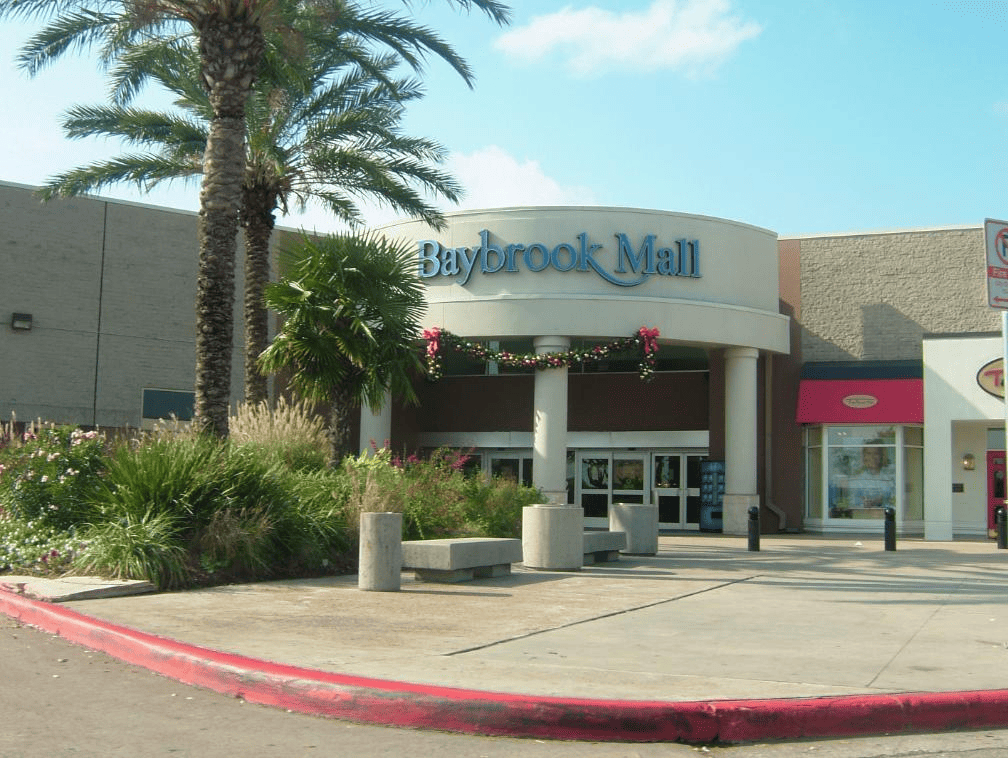


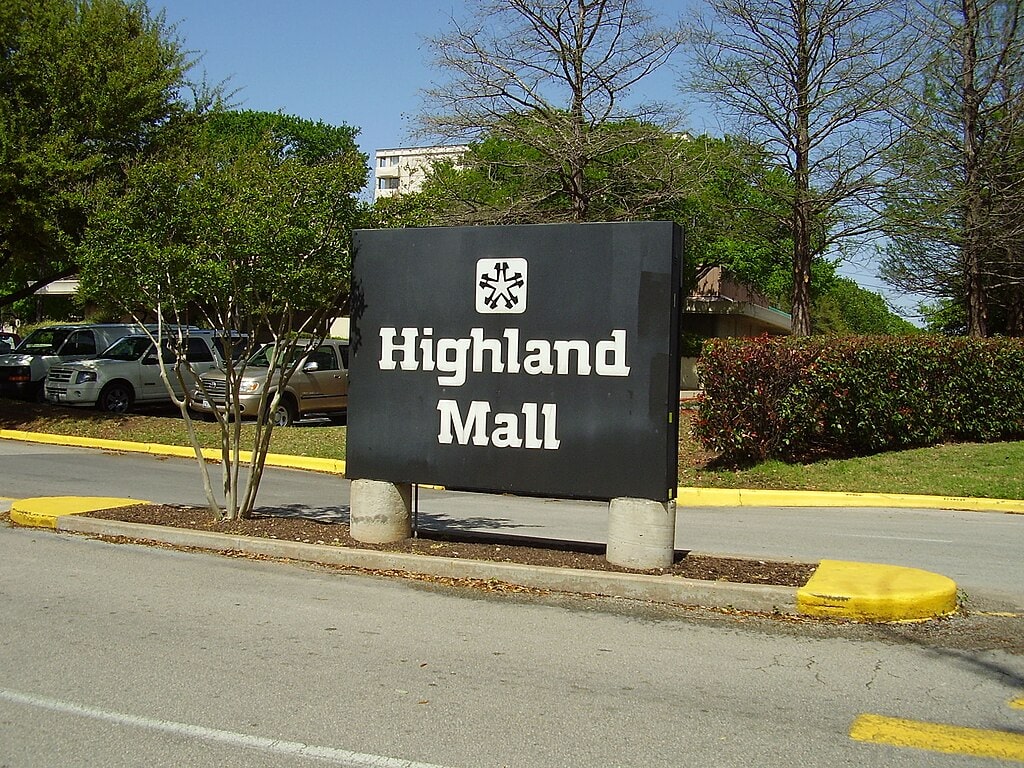
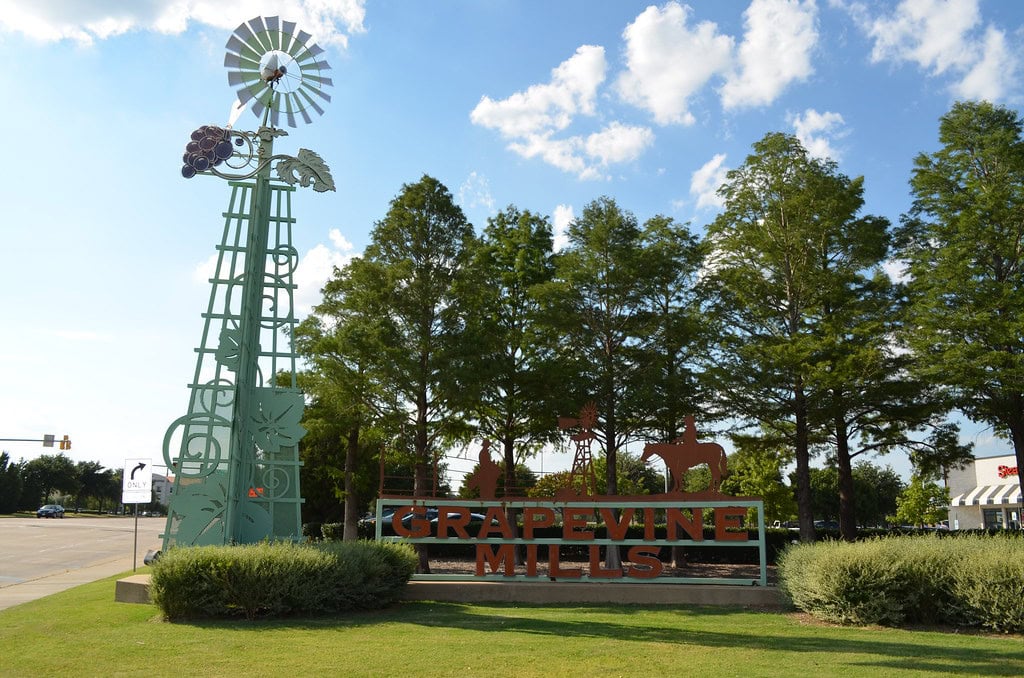
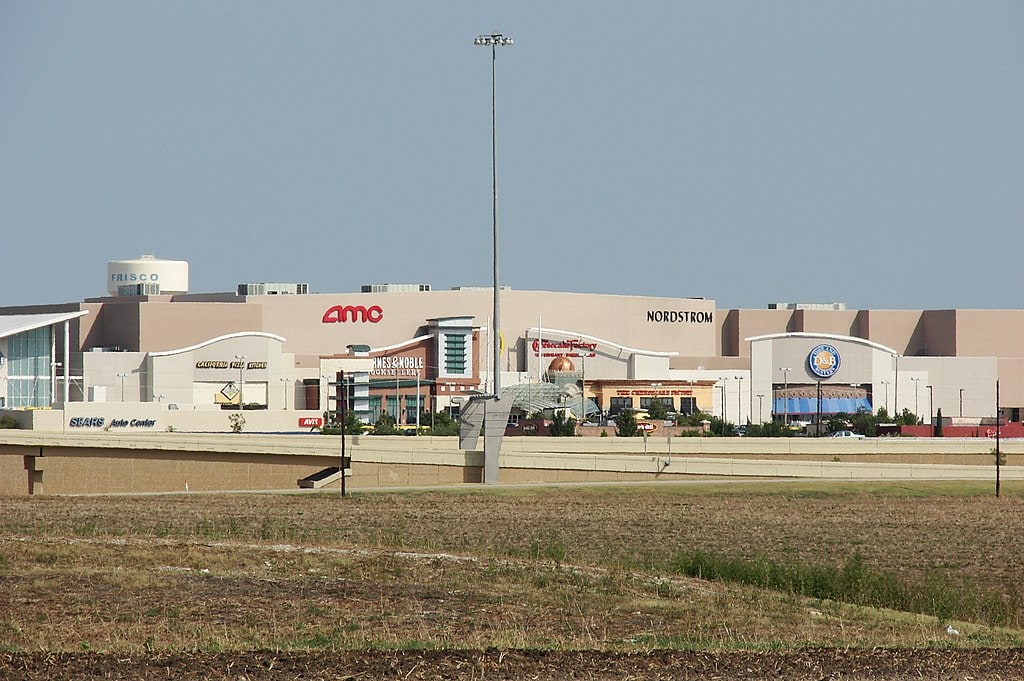
Why not turn that place into a free living shelter to send the homeless? Such a waste.
That kind of large-scale reuse has come up in a few cities. But so far, the mix of zoning, safety retrofits, and cost has made it harder than it sounds.